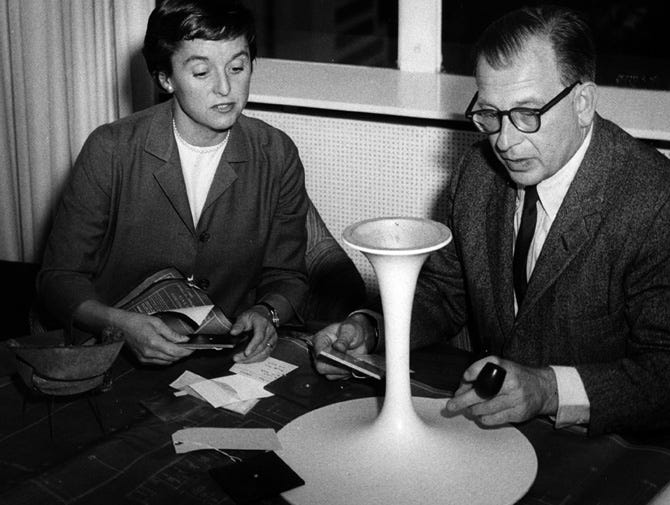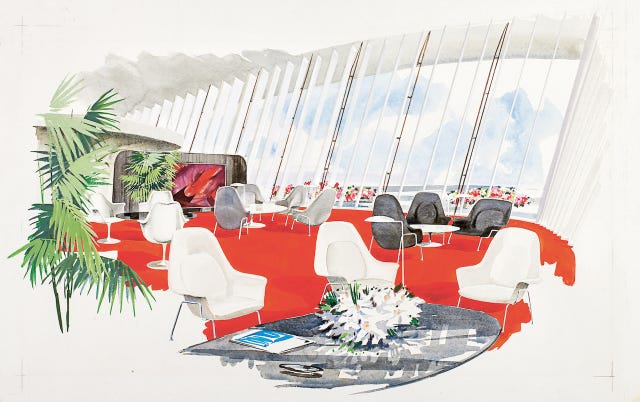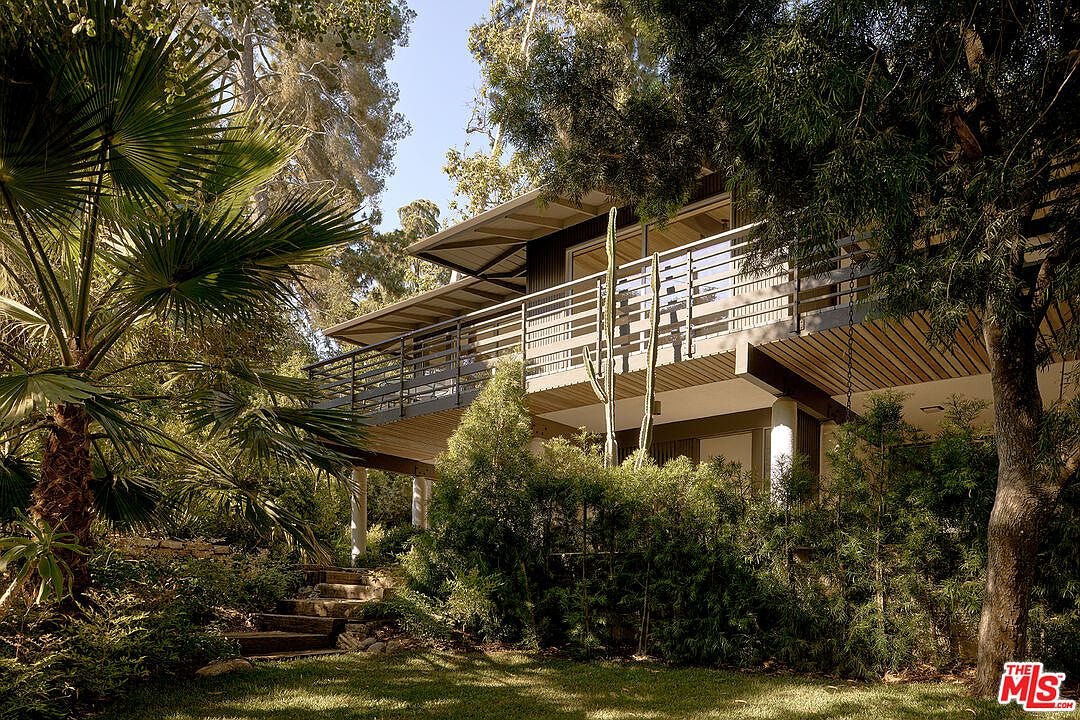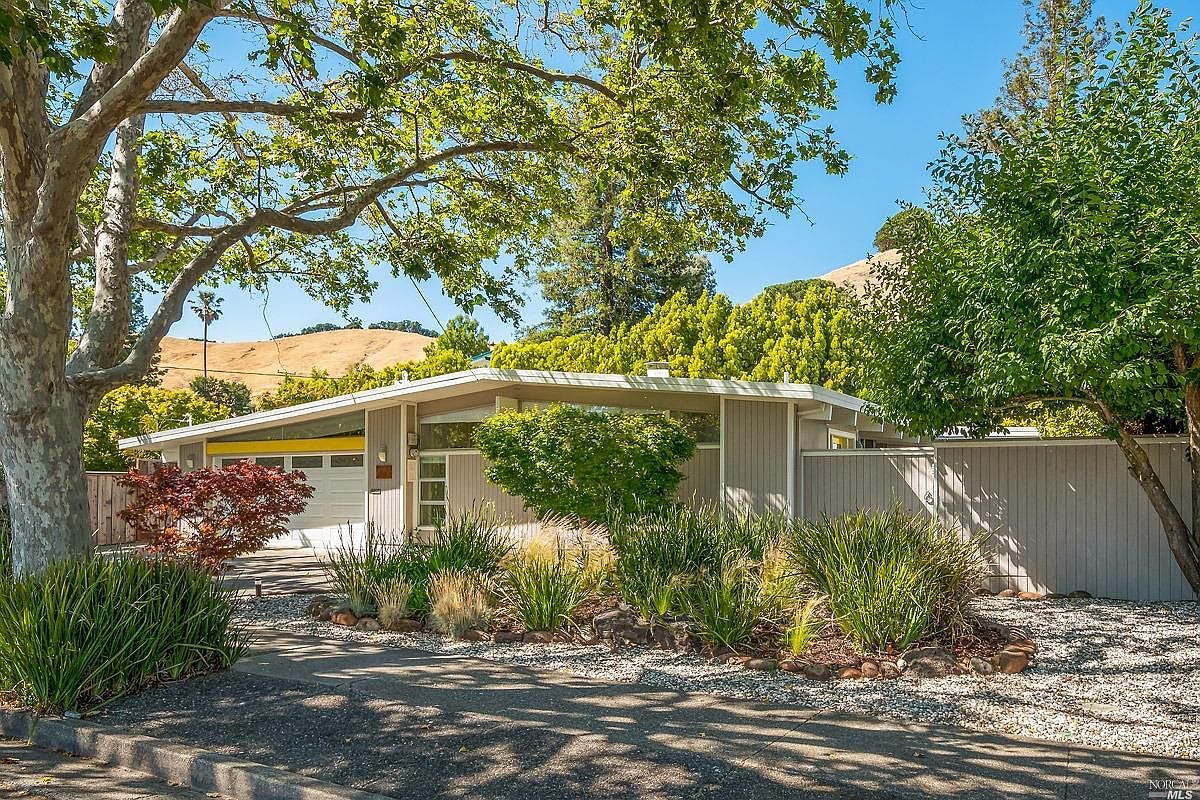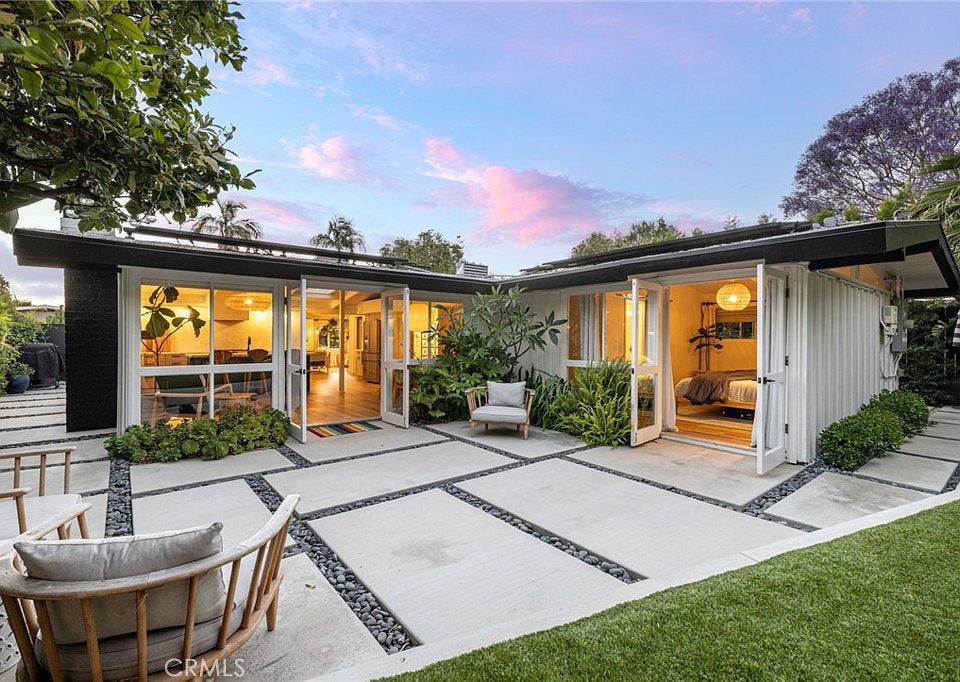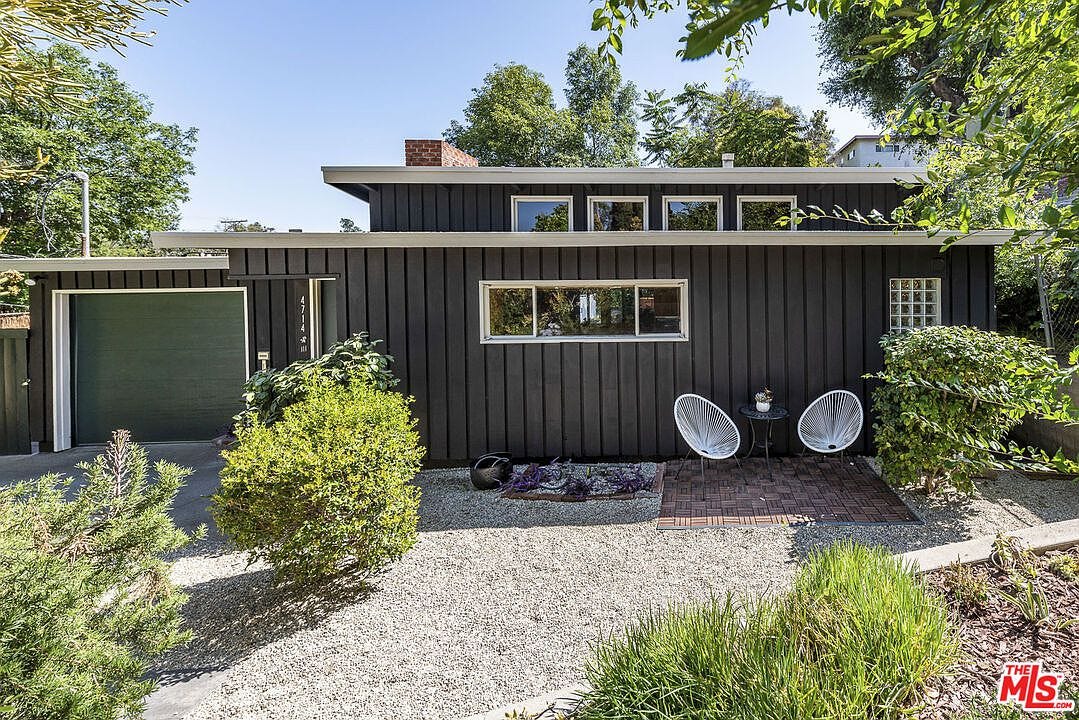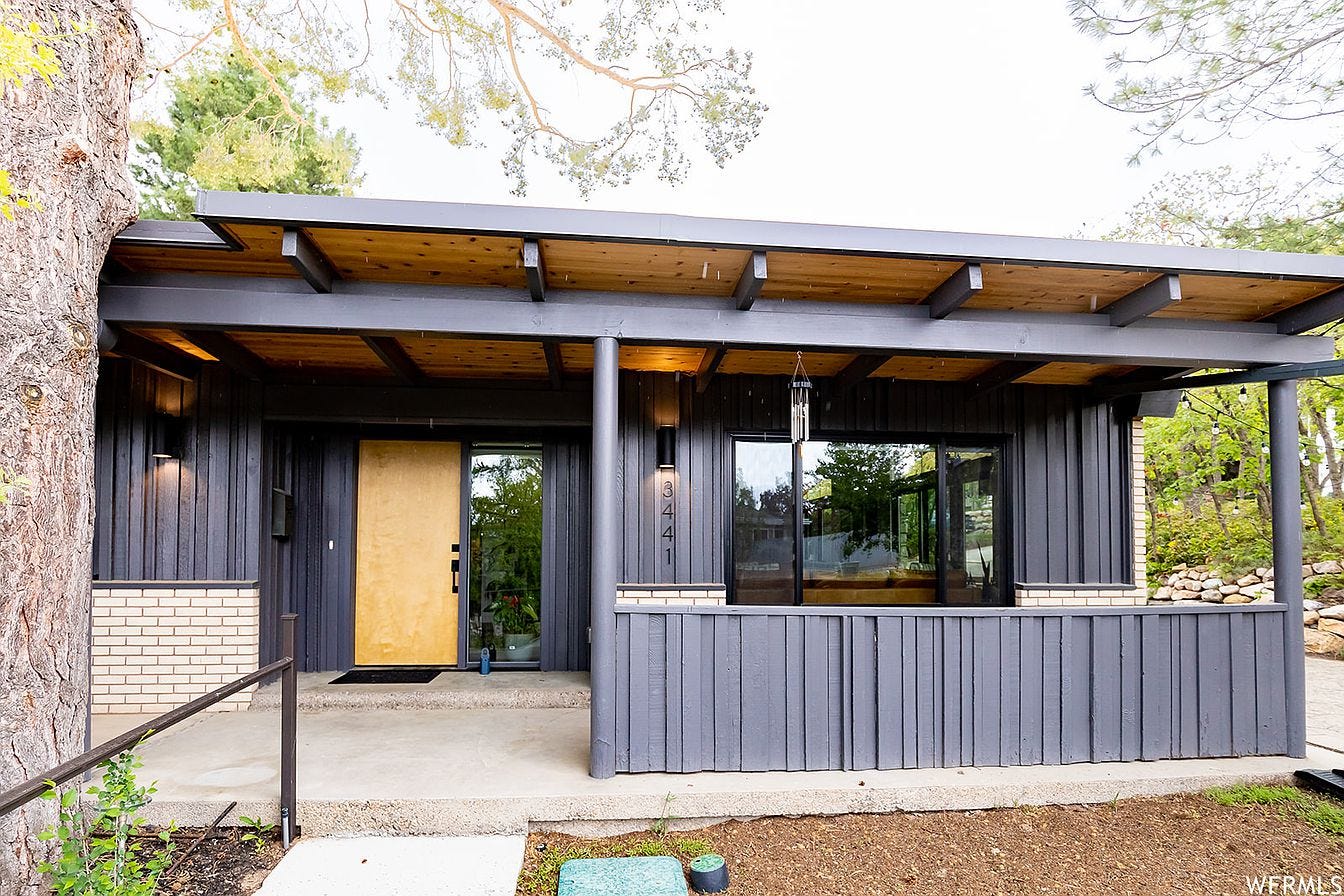The Tulip Chair and the Not-So-Simple Pursuit of Simplicity
12 Mid-Century Listings from Long Beach to Minneapolis
“What interests me is when and where to use these structural plastic shapes. Probing even more deeply into different possibilities one finds many different shapes are equally logical—some ugly, some exciting, some earthbound, some soaring. The choices really become a sculptor’s choice.”
-Eero Saarinen

Few things caused anxiety for Eero Saarinen quite like clutter. In the early 1950’s, the Finnish-American design icon, fixated his anxiety on the clutter of traditional chairs and tables.
Eero was quoted saying: "The undercarriage of chairs and tables in a typical interior makes an ugly, confusing, unrestful world. I wanted to clear up the slum of legs. I wanted to make the chair all one thing again."
How could a chair or table be built with just one leg? Why couldn’t it be molded out of a single, solid piece? The Tulip Chair was born from such musings. Eero’s “one piece, one material” philosophy, however, proved more difficult in practice.
Eero first created hundreds of sketches, soon followed by ¼ scale models. Since the idea was to design chairs that looked great in a minimal room, the model furniture was set up in a scaled model doll house.
In the original concept, Eero sought to construct the entire chair from a single piece of fiberglass, to emphasize the chair’s fluid lines and simplicity. However, the materials of the era were insufficiently advanced to provide the necessary strength in the base. A compromise was made to use fiberglass for the seat and a stronger, yet lighter aluminium, for the base and stem. Finishing techniques blended the two pieces to create an nearly invisible joint to preserve the elegant curved form. As production capabilities improved, a switch was eventually made to use plastic for the seat from the early 1990s onwards, providing a slightly more durable, but equally comfortable alternative.
The chair was launched in 1955 and produced by Knoll. While it proved an early commercial success, the tulip chairs peak of fame would come after Saarinen’s 1961 passing. In 1962, the TWA Flight Center opened at New York’s JFK Airport, famously featuring Eero’s Tulip chairs and tables throughout the space.
In 1968, the Tulip chair was used on Star Trek, where it appeared on the bridge set of the U.S.S. Enterprise. The bridge chairs were slightly modified Tulip chairs that featured plastic appliqués attached to the back panels. After the show’s conclusion, most of the set furnishings were discarded into back alley dumpsters. However, one original bridge Tulip chair survived and was offered during the "Profiles in History" Hollywood Auction #17, selling for $18,000 (Source: Boston College “Fashion & Decor).
Gems You Can Buy This Week
8937 Wonderland Park Avenue, Los Angeles CA
790 Burleigh Drive, Pasadena, CA
648 La Colindas Road, San Rafael CA
3214 Stevely Avenue, Long Beach CA
4920 Abbeyville Avenue, Woodland Hills CA
4723 South Glenrose Road, Spokane WA
1046 South Foothill Drive, Salt Lake City, UT
3441 East Brockbank Drive, Millcreek UT


